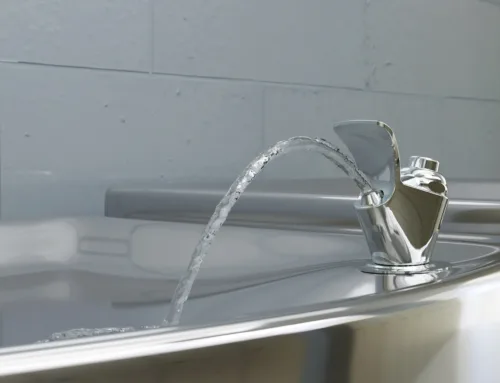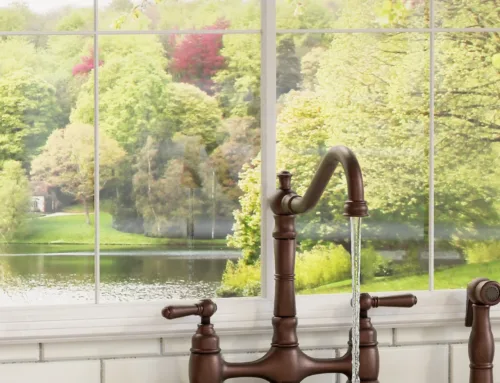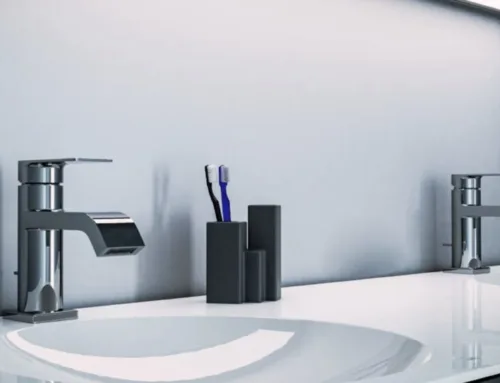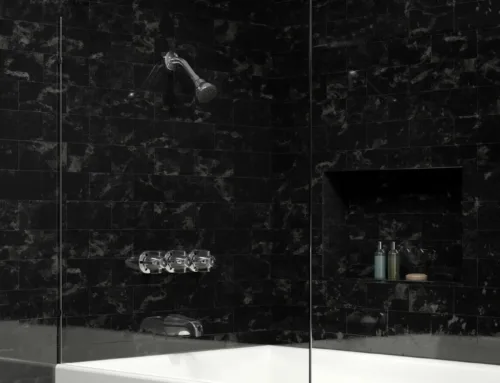Prefabricated — or “prefab” — building describes the increasingly popular process of manufacturing all of the different elements of a home, such as bathrooms, light fixtures, and exteriors, in a factory and then transporting them to a construction site for completion.
Not to be confused with manufactured building, which produces mobile homes and trailers; modern prefabricated construction focuses on building individual modules that will eventually fit together to form a complete house — or even an entire apartment building. The modular prefabrication process allows for significantly faster construction than traditional, on-site building methods without any loss to the overall design or aesthetics of the building itself.
Prefabrication is cost-effective for the builders as well — warehouse fabrication provides a lower per-foot construction cost, which allows homeowner budgets of all sizes go even further in designing their home.
Builders are turning to prefab construction due to an increased skilled labor shortage impacting the industry. Prefabrication minimizes labor resources while allowing houses to be constricted at a fraction of the cost of conventional buildings — without sacrificing the desirable, modern styles that homeowners want.
And, as green building continues to be a concern for builders and homeowners alike, prefab housing offers an eco-friendly alternative. Off-site fabrication cuts down tremendously on wasted materials and waste energy from labor, and the customization prefabricated homes allow make it even easier to install energy-efficient appliances, such as solar paneling or low-flow faucets and shower heads.
Interested in using low-flow faucets for your next eco-friendly project? Check out the Motegi Single Handle Lavatory Faucet, featured in Hanover Builders’ net-zero, multi-family residential building in Downtown Los Angeles!








